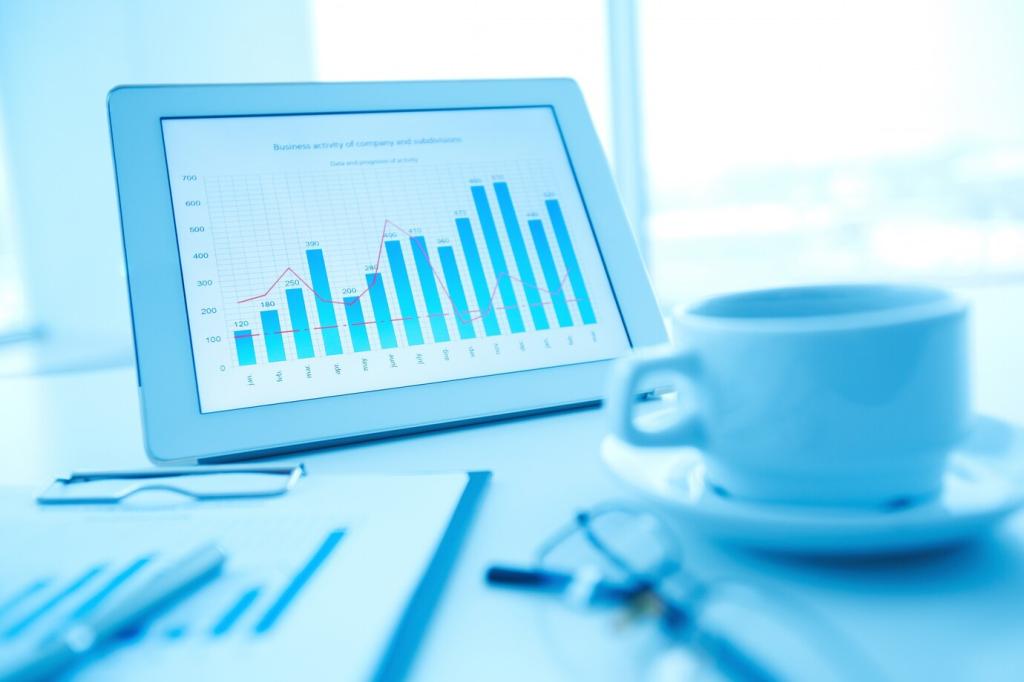Sustainability and Green Accounting Trends: Turning Impact into Insight
Global Standards Reshaping the Sustainability Ledger
From Frameworks to Requirements
The transition from aspirational reporting to enforceable rules is accelerating. ISSB’s IFRS S1 and S2 consolidate climate and sustainability disclosures, while the EU’s CSRD mandates double materiality and sector standards. These changes shift sustainability from side reports to core governance, assurance, and investor-grade accountability.
What This Means for Your Close
Your financial close now shares a calendar with non-financial metrics. Expect cross-functional reconciliations, data lineage documentation, scenario analyses, and control testing. Set earlier cutoffs, align policies across entities, and build review steps for estimates like Scope 3. Treat ESG timelines like you would critical revenue recognition.
Join the Standards Conversation
How are you preparing for ISSB and CSRD? Share your timelines, hurdles, and wins. We highlight reader experiences in future posts, so subscribe, add your voice in the comments, and help others navigate the same regulatory maze with practical, field-tested insights and templates.

Measuring Carbon, Water, and Natural Capital
Map your emissions by boundary first, then choose spend-based or activity-based methods strategically. Activity data improves precision over time, but spend data jumpstarts coverage. Use supplier-specific factors where available, tier data quality, and document assumptions. A simple, transparent inventory beats a perfect model that nobody can reproduce.
Measuring Carbon, Water, and Natural Capital
Water intensity, hazardous waste diversion, and nature dependencies are rising in materiality assessments. Consider TNFD-aligned thinking: where do your operations intersect sensitive ecosystems? Combine location-based risk with operational controls. When in doubt, pilot a facility metric set and scale what works with repeatable, auditable methods.

Data, Controls, and Assurance for ESG Confidence
01
Build a Trusted ESG Data Lake
Connect meters, ERPs, travel platforms, and supplier portals via APIs or scheduled uploads. Create a data dictionary with version control, log transformations, and lock prior periods after sign-off. Tag each metric with owner, method, factor source, and control checkpoints to preserve traceability and reduce reconciliation headaches.
02
Internal Controls That Mirror SOX Discipline
Establish segregation of duties for data entry, review, and approval. Document recalculations, sampling, and exception handling. Automate alerts for outliers and late submissions. Align narrative controls with calculation controls, and ensure evidence—screenshots, logs, and factor libraries—is retained in a centralized, auditable repository accessible to assurance teams.
03
Work With Auditors Early and Often
Share boundary decisions, estimation techniques, and control design before year-end. Offer mock evidence packages and walk-throughs. Agree on sampling strategies and materiality thresholds early. This proactive rhythm prevents last-minute surprises and helps translate technical sustainability metrics into assurance-ready, investor-understandable disclosures.
Set a shadow price that reflects transition risk and future policy signals, not just today’s costs. Many firms model $50–$150 per ton. Run sensitivity analyses on capex, logistics, and product design. Carbon-aware hurdle rates reveal which projects create long-term value when policy and markets tighten.

Technology Trends Powering Green Accounting

Automation From Meter to Report
RPA can fetch invoices, OCR can read utility bills, and IoT gateways stream real-time energy data. Build validation rules at ingestion, not after the fact. Standardize factor libraries, automate unit conversions, and surface anomalies to reviewers so issues are fixed upstream, not during disclosure crunch time.

AI for Estimates and Anomaly Detection
Machine learning can improve spend-based Scope 3 estimates, detect duplicates, and highlight outliers by seasonality or peer benchmarks. Always disclose methods and confidence intervals. Keep a human in the loop for material items, and store training data lineage so models are explainable and audit-ready.

Chain of Custody and Traceability
For commodities like aluminum, palm oil, or renewable electricity, blockchain and mass balance models track attributes through complex supply chains. Pair digital attestations with independent verification. Transparent provenance strengthens claims, reduces greenwashing risk, and can unlock premiums with buyers who demand verified, low-impact materials.
Investor Expectations and Transparent Storytelling
Translate transition and physical risks into financial terms: cost of capital, insurance, and margins. Then show opportunity: energy savings, product innovation, and green bond access. Anchor claims in data, disclose uncertainties, and highlight milestones so investors can track progress without decoding buzzwords.
Use double materiality to identify where impacts and enterprise value intersect. Create a dynamic materiality map reviewed annually. Tie each priority to targets, actions, and governance. Share the trade-offs you faced; authenticity builds trust and helps stakeholders understand your chosen path forward.
Ask readers which disclosures, metrics, or case studies would help them most this quarter. Post questions, propose topics, and subscribe for deep dives tailored to your feedback. We host periodic office hours—bring your thorniest sustainability accounting challenge and let’s solve it together.
Join our mailing list
